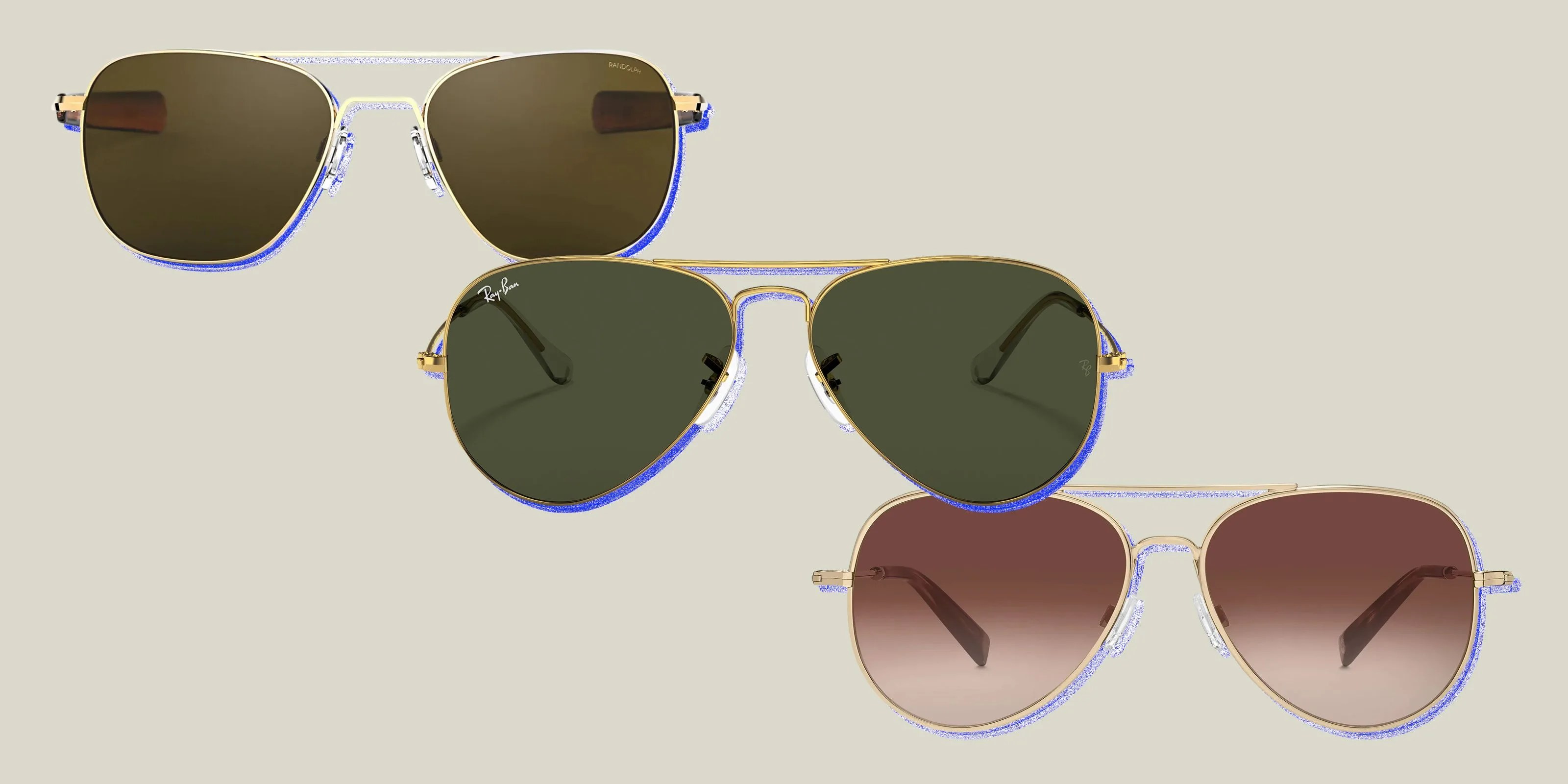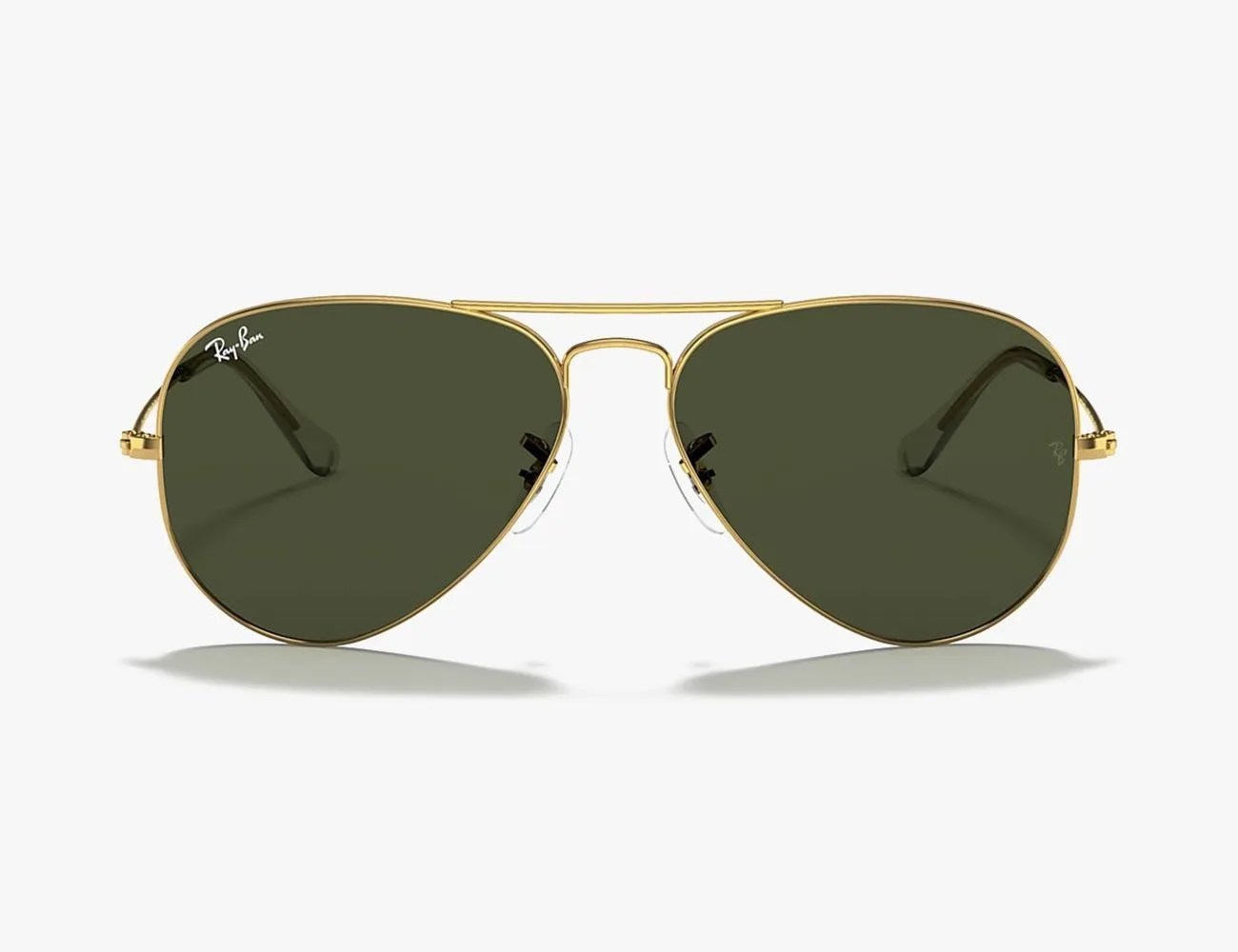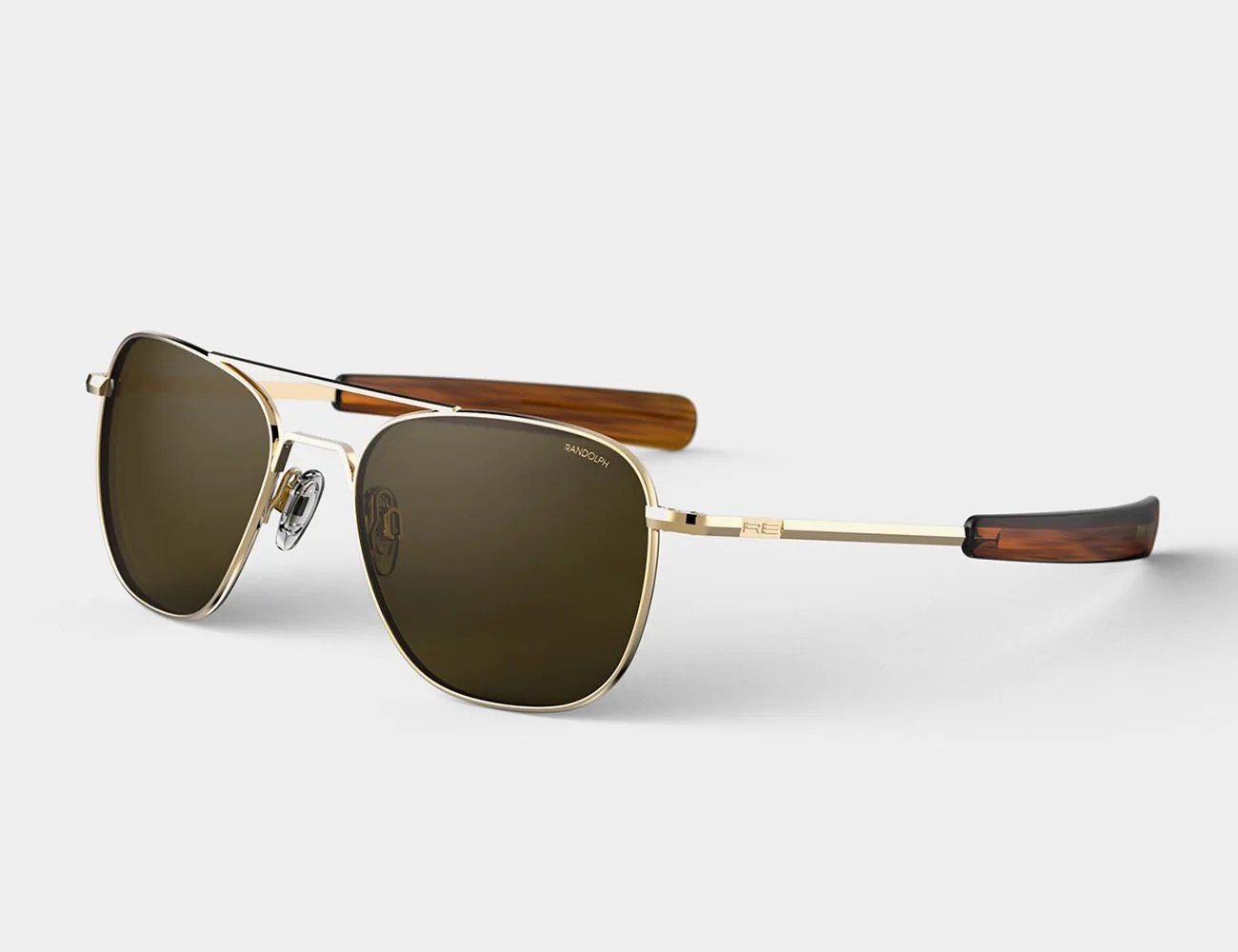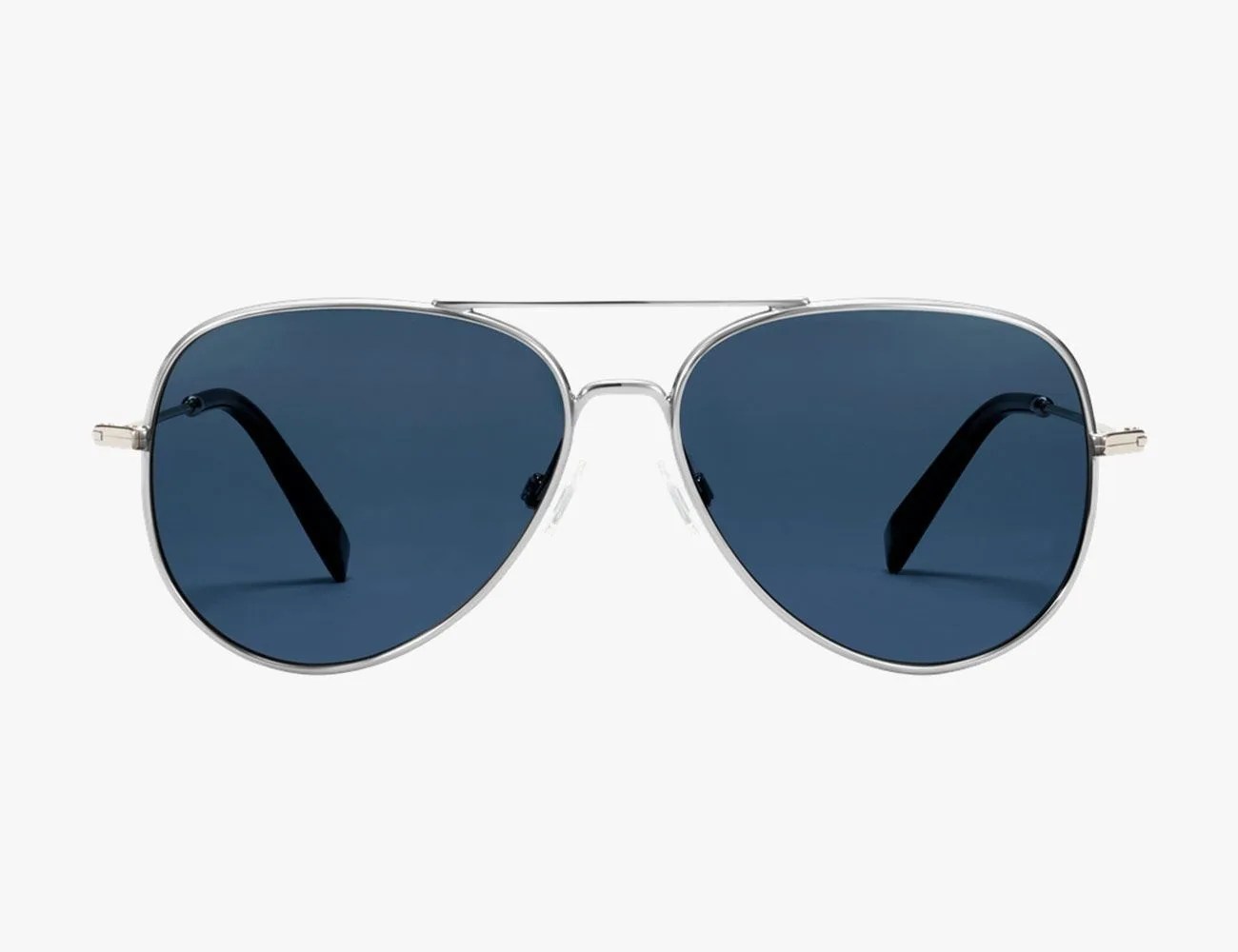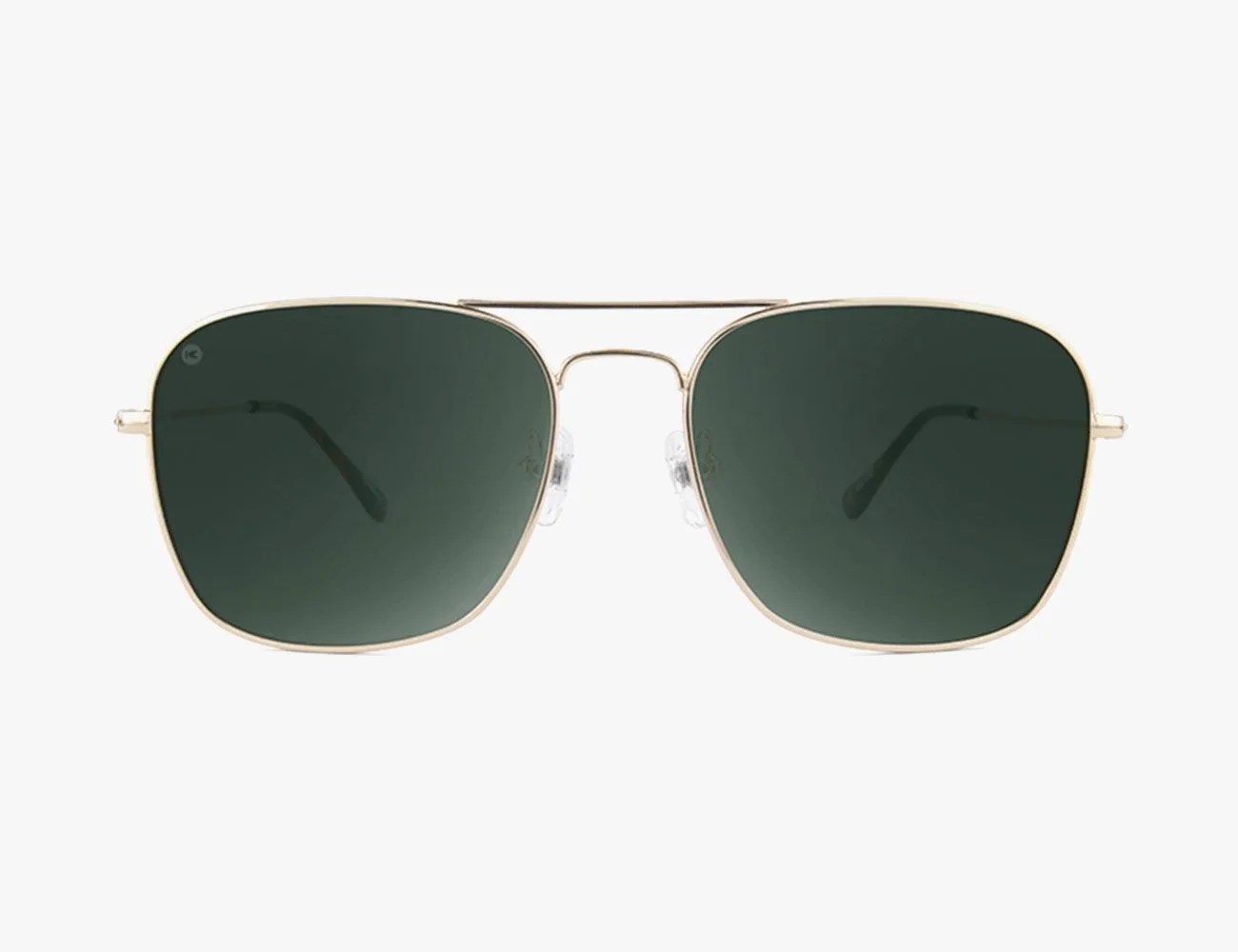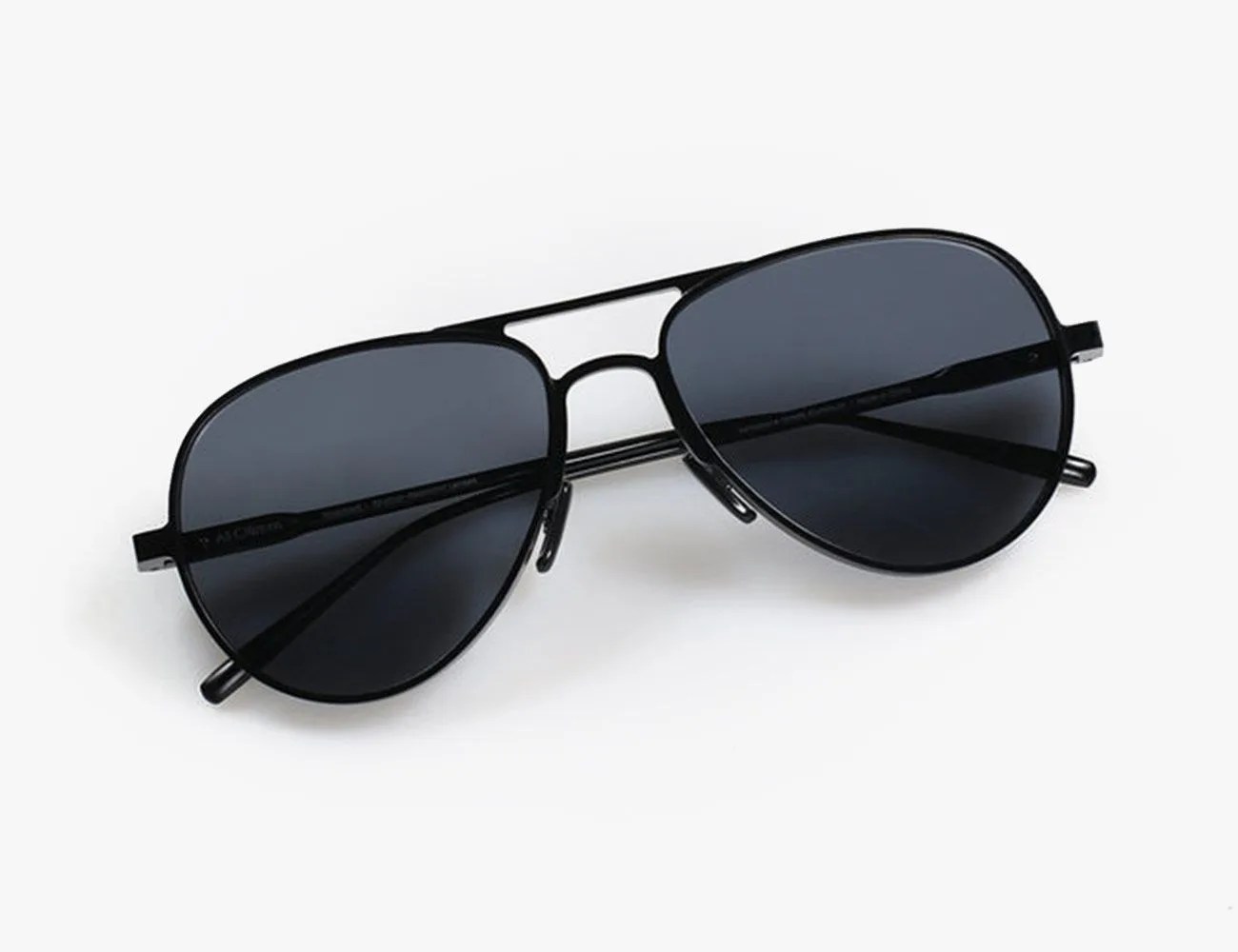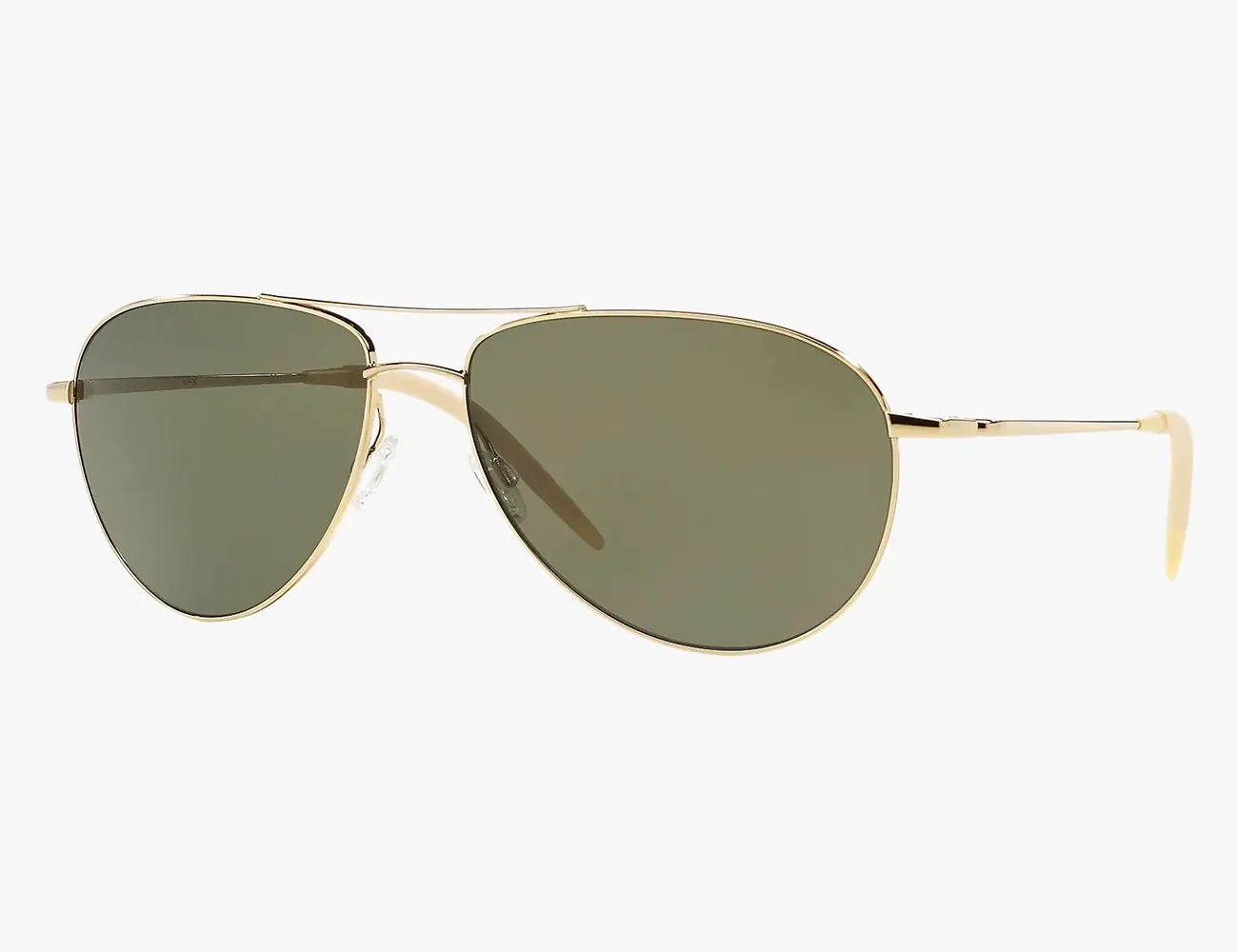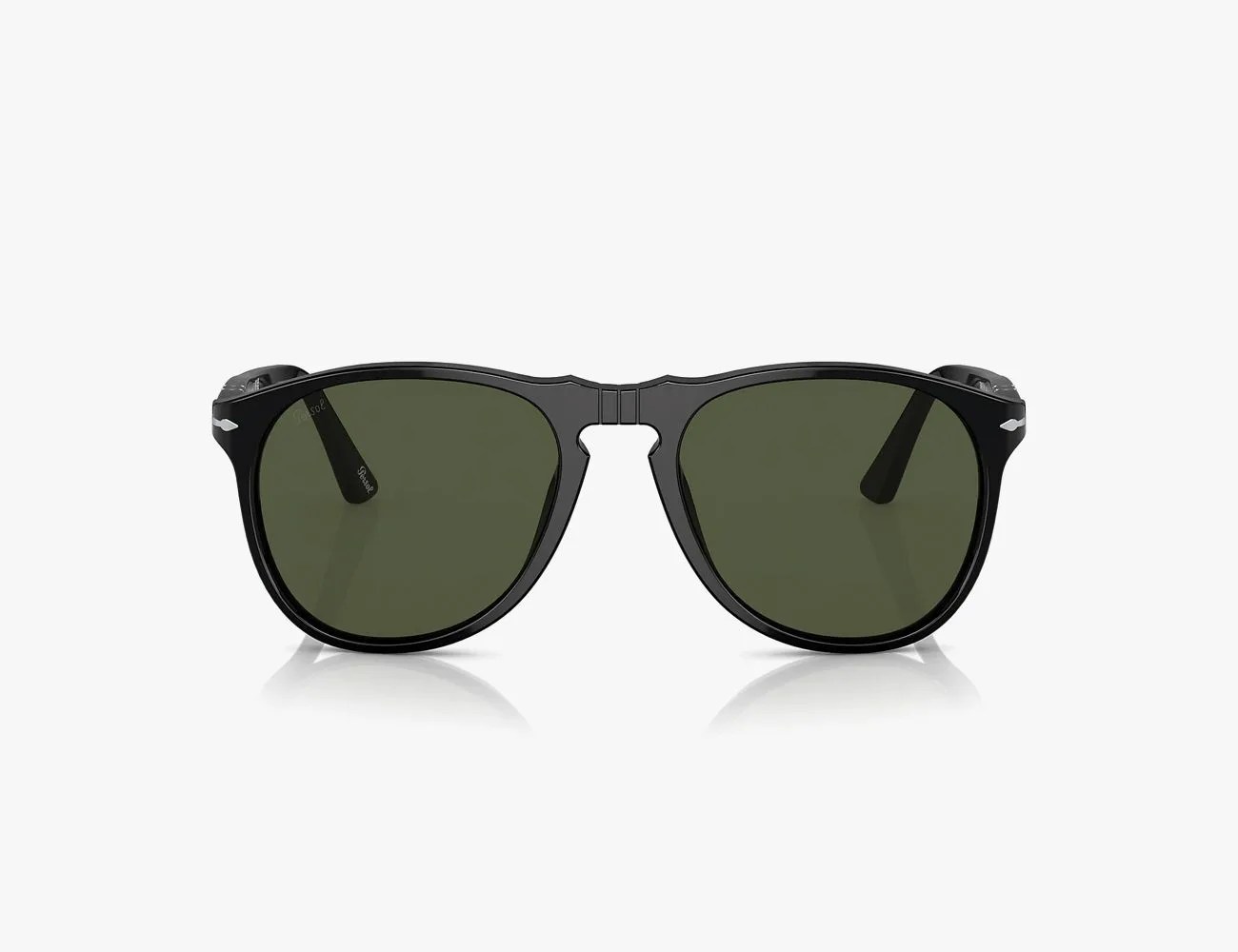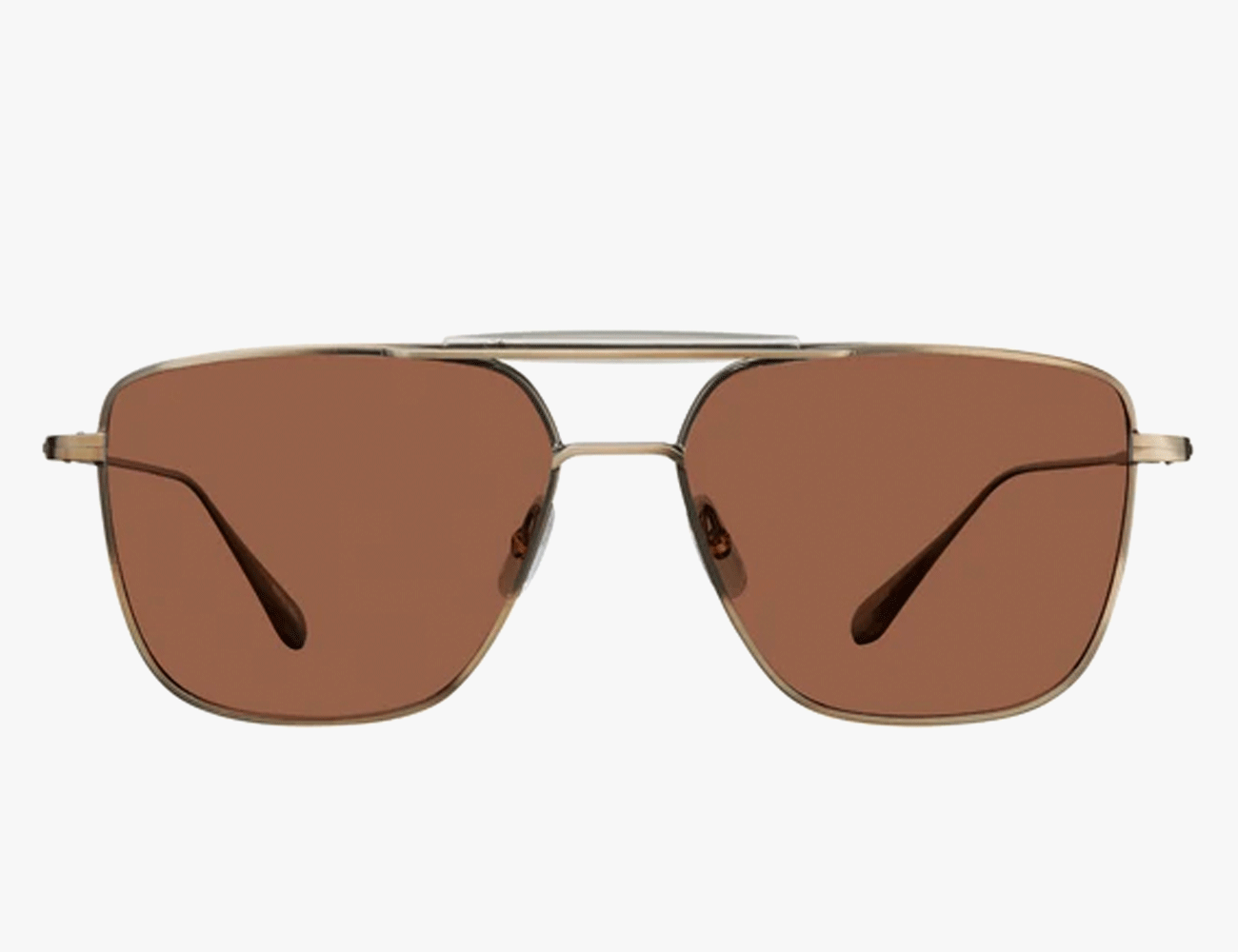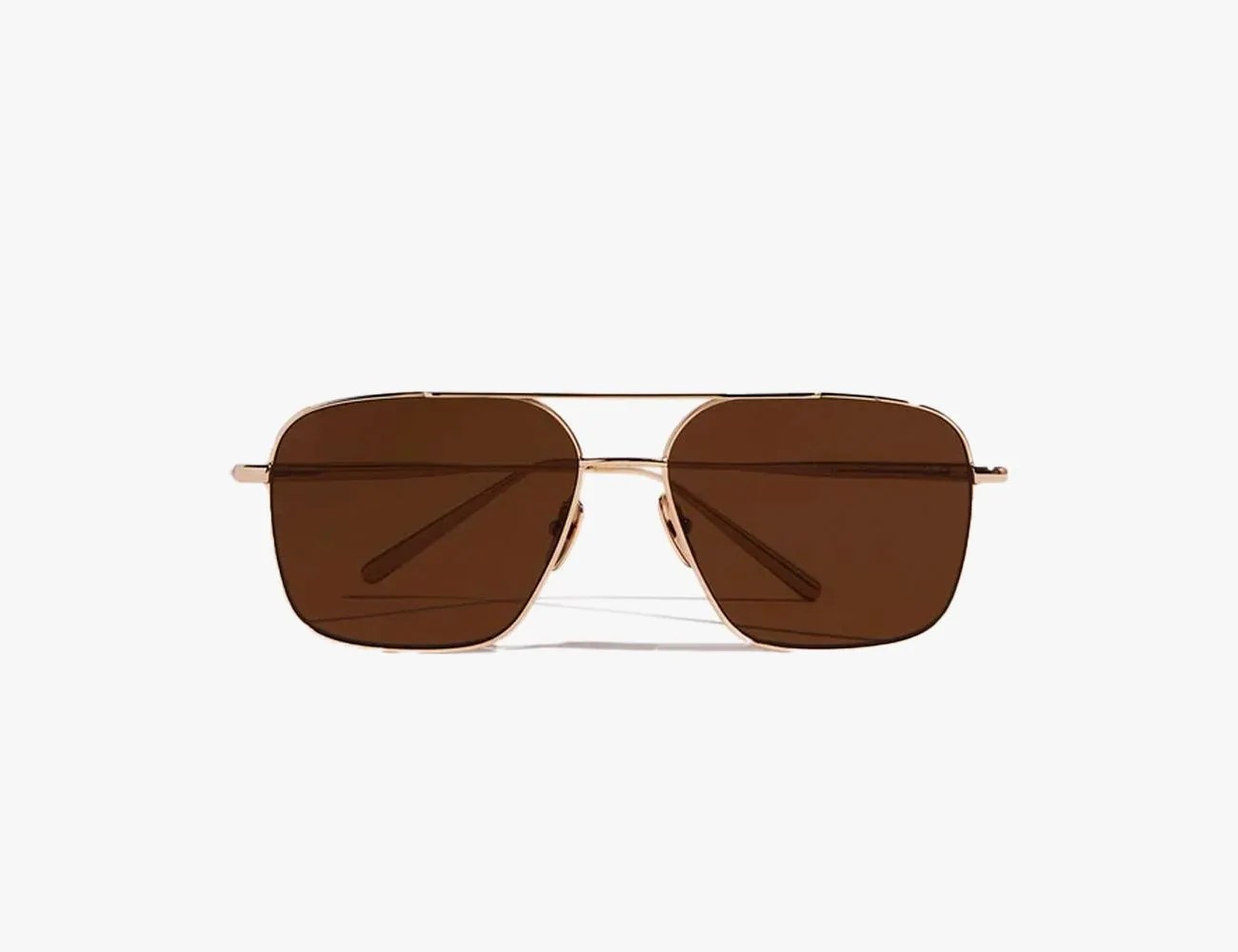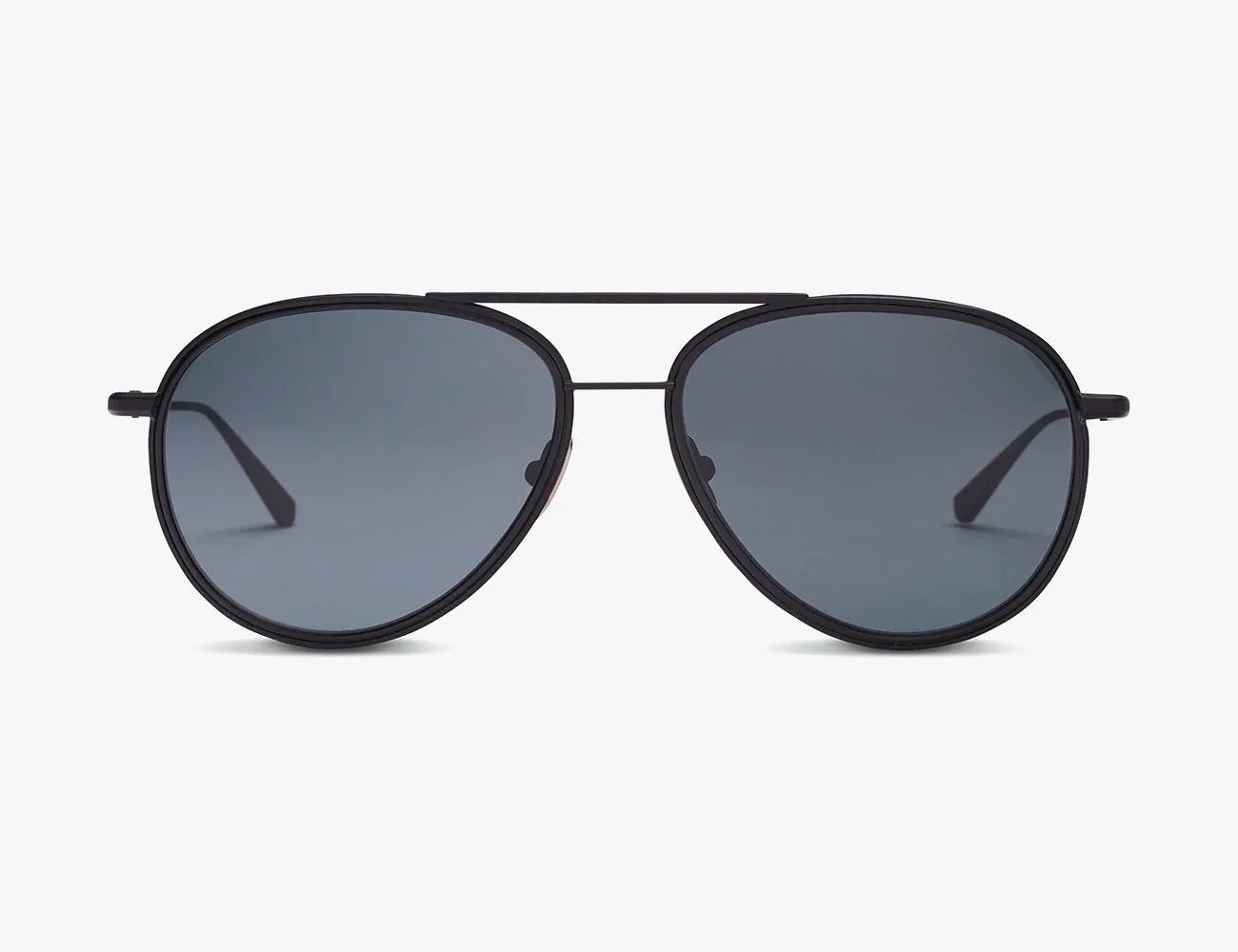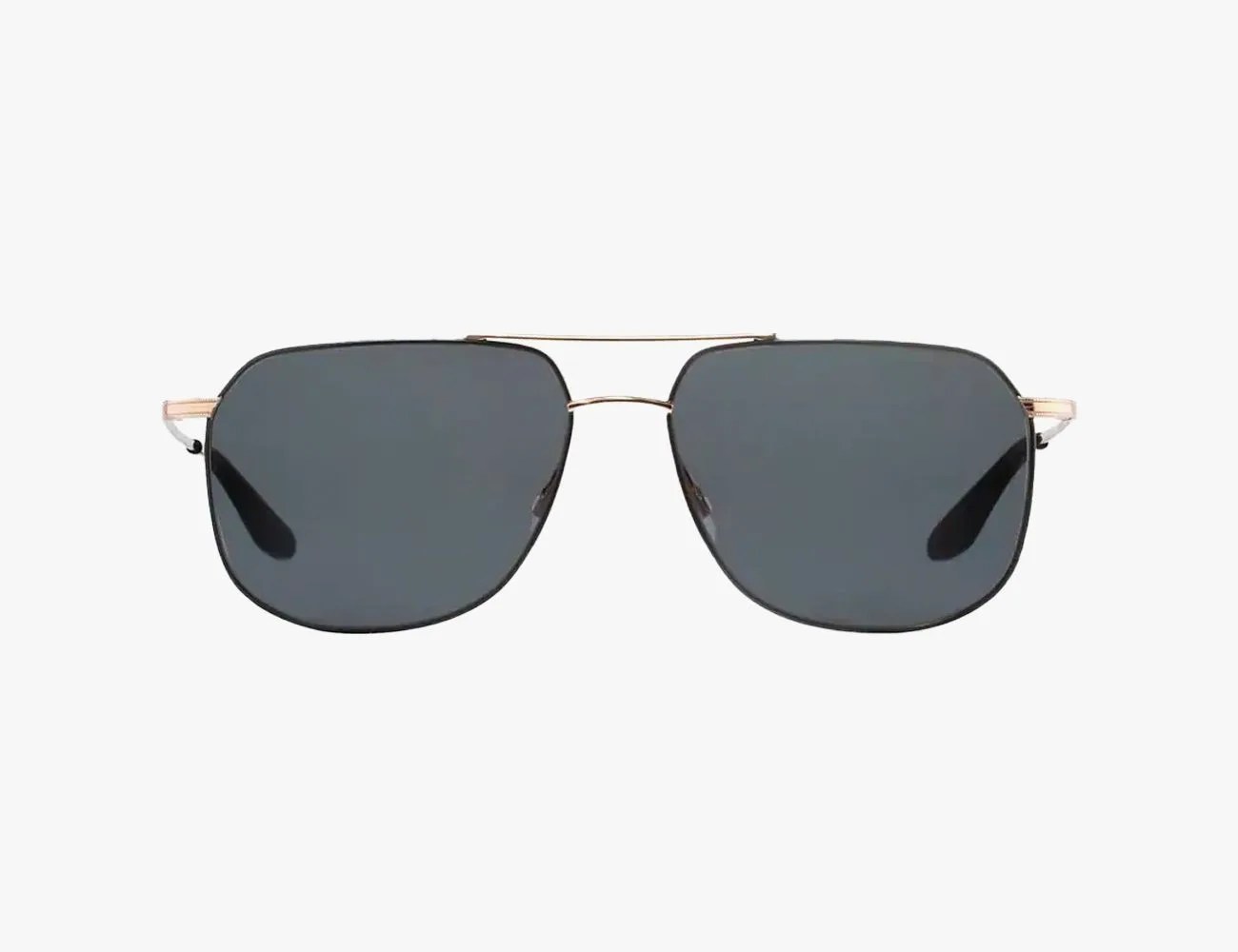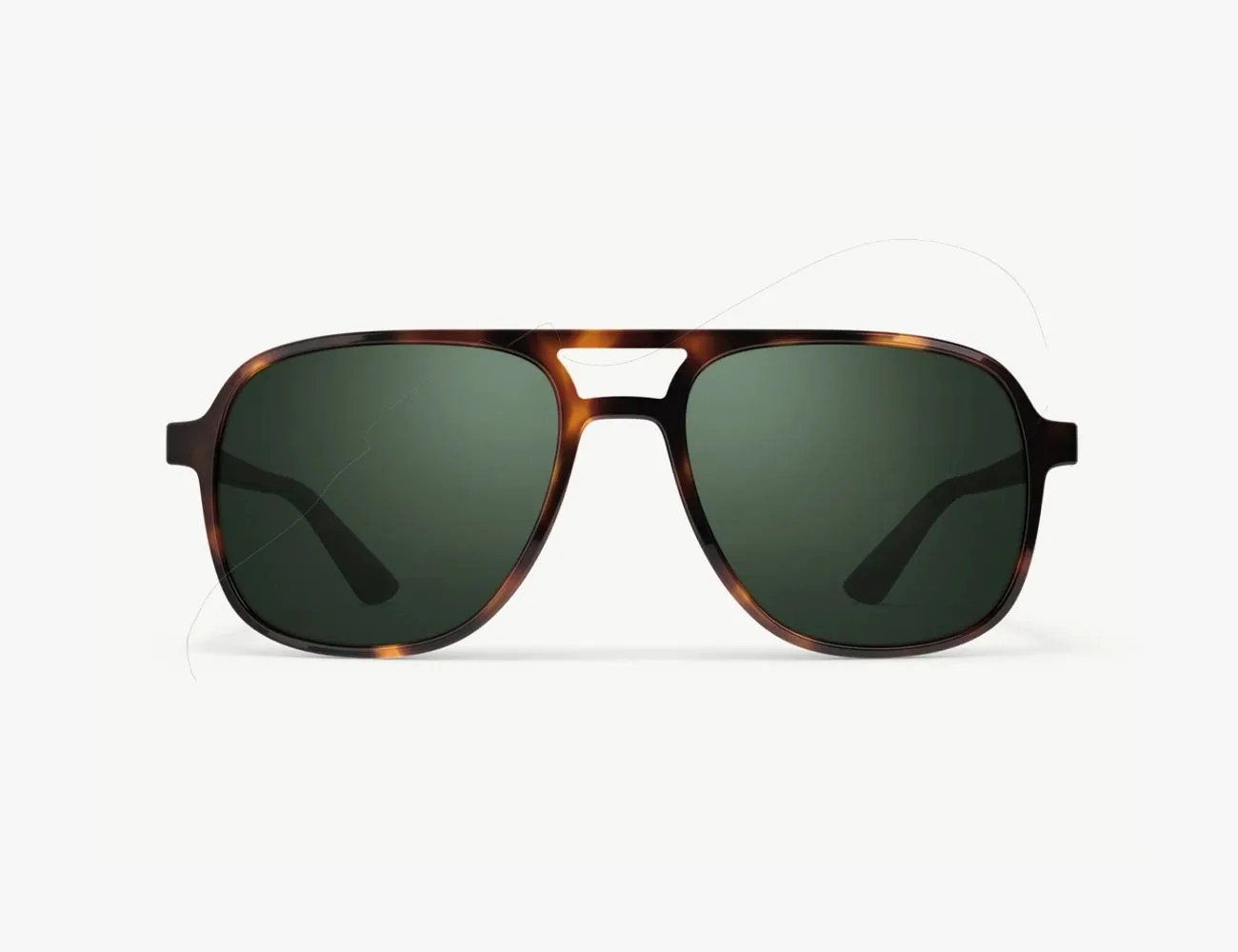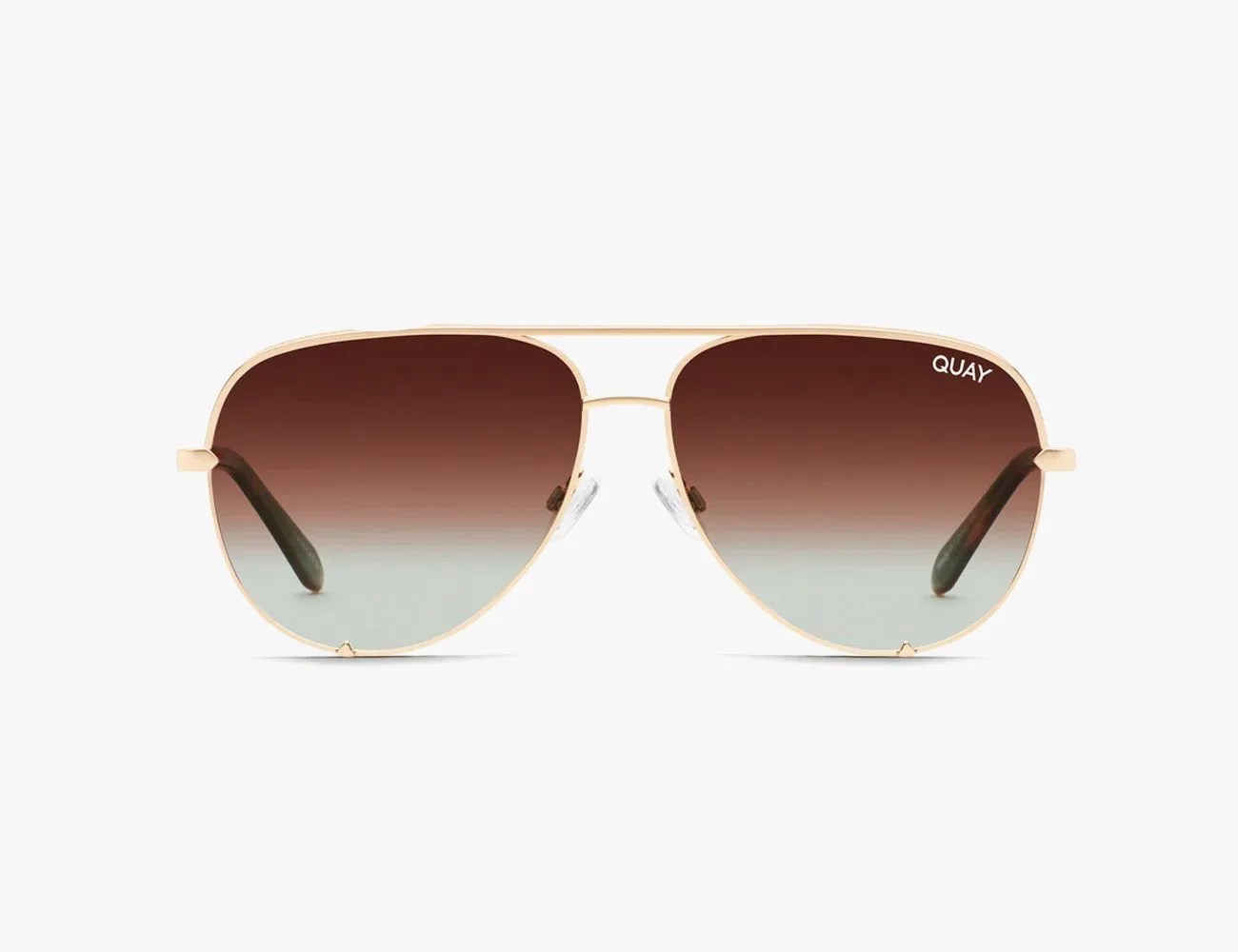This definitive guide to aviator sunglasses explores everything you need to know about America’s most iconic eyewear, including history, lens hues and the best ones to buy.
Aviator sunglasses date back to 1936, when the U.S. Armed Forces, seeking a solution to help fighter pilots deal with eye strain at higher altitudes, teamed up with third-party designers to produce eyewear that countered light. The result is one you’re likely familiar with: It featured convex tear-drop glass lenses made from G-15 tempered glass, which transmitted 15 percent of incoming light and thin metal frames.
Products in the Guide
-
Ray-Ban Aviator Classic
Best Overall Aviator Sunglasses
Read more -
Randolph x Todd Snyder Aviator
Best Upgrade Aviator Sunglasses
Read more -
Warby Parker Raider
Best Size Inclusive Aviator Sunglasses
Read more -
American Optical General Sunglasses
Best Military Grade Aviator Sunglasses
Read more -
Knockaround Mount Evans
Best Affordable Aviator Sunglasses
Read more -
All Citizens Lafayette Aviators
Best Aluminum Aviator Sunglasses
Read more -
Oliver Peoples Benedict
Best Metallic Aviator Sunglasses
Read more -
Persol PO9649S
Best Acetate Aviator Sunglasses
Read more -
Garrett Leight Convoy Sun
Best Vintage-Inspired Aviator Sunglasses
Read more -
Chimi Aviator Brown
Best Fashion Aviator Sunglasses
Read more -
SALT. Optics Columbia 56 Aviator Sunglasses
Best Lens Technology Aviator Sunglasses
Read more -
Barton Perreira Javelin
Best Angular Aviator Sunglasses
Read more -
Vallon Howlin’
Best Sporty Aviator Sunglasses
Read more -
Quay Australia High Key
Best Unisex Aviator Sunglasses
Read more
Today, aviators are offered by countless brands. While lenses, details and price points vary widely, they all stem from the same military aesthetic — one that champions simplicity, functionality and versatility.
History of Aviator Sunglasses
The aviator sunglasses we’re familiar with today were first developed in the 1930s by Bausch & Lomb for military pilots. Prior to this, pilots wore goggles to protect their eyes in the air, where high altitudes introduced several optical dangers. Aside from the glaring sun, sub-zero temperatures also posed a threat. Tinted goggles were meant to protect pilots from both of these.
But, a major issue with these goggles was fog. Temperature differences between the air within the goggles and outside of the goggles often caused the lenses to fog up, obscuring the pilot’s view. The problem would be exacerbated if a pilot decided to doff their goggles and expose themselves to the blinding sun or the extreme cold.
Such was the case with pilot Shorty Schroeder whose eyeballs froze just minutes after he took off his goggles during a record-breaking 33,000-foot high flight. Luckily, somehow, he was able to land the plane safely. His friend, John Macready helped him out of the plane and would attempt to break his record just a month later — in the same plane, no less.
